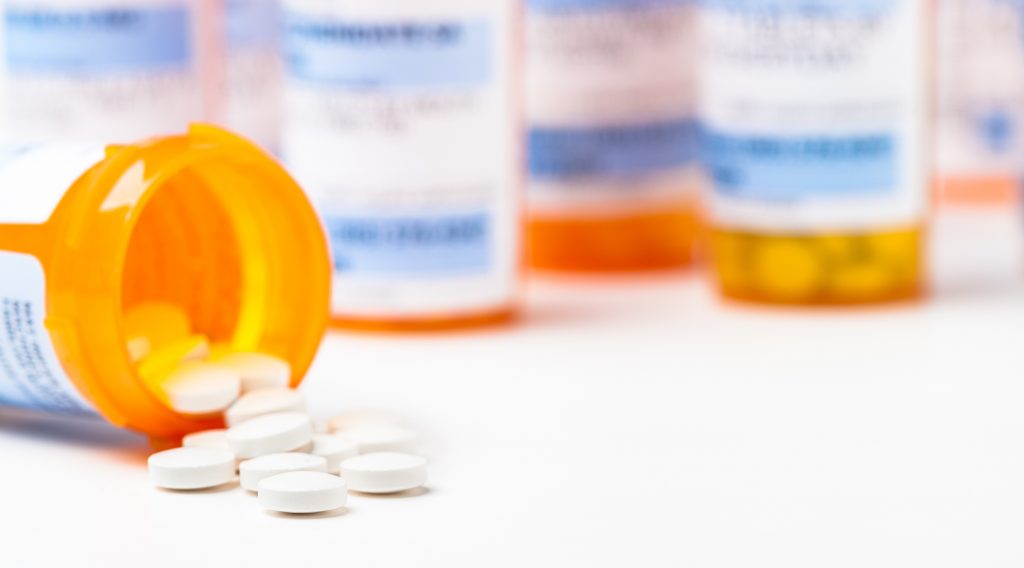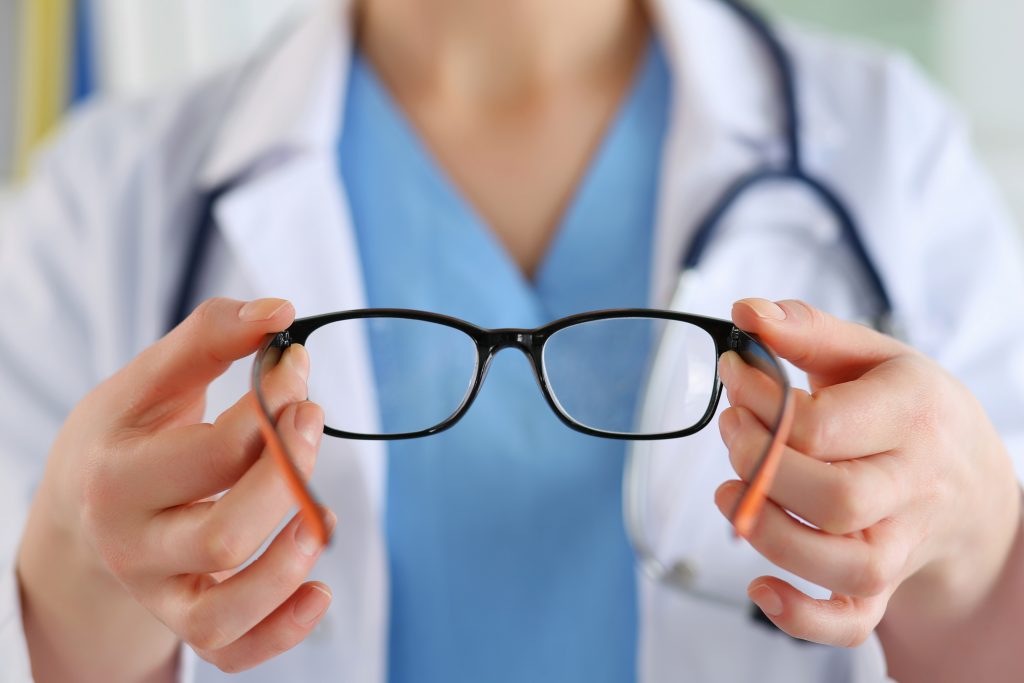15 Things You Need To Know About Strokes
During this time of your life, retaining independence and enjoying life to the fullest is something you’ve earned, but things can change instantly if you or a loved one suffer a stroke. While everyone should be mindful of the dangers at any age, if you’re 55 or older, it is wise to learn more about strokes overall, how to identify if you or someone around you is suffering one, and finally, the best ways to prevent one from happening.
5 Things You Need To Know About Strokes
1) Strokes Are Killer: Stroke’s are the fourth-leading cause of death in the United States. Nearly 800,000 strokes happen a year, making it the most common cause of disability among adults, and of those 800,000, over 160,000 are fatal.
2) A ‘Brain Attack’: This happens when the circulation of blood going to the brain fails. Brain cells are deprived of the oxygen they need and as a result, they deteriorate rapidly.
3) The Leading Type of Stroke: 80 percent of strokes are ischemic strokes, which occur as a result of blocked blood flow to the brain, typically from stenosis, embolism, or thrombosis.
4) The Less Common Kind Of Stroke: Hemorrhagic strokes are caused by an aneurysm or weakened blood vessels in the brain. Blood spills into or around the brain and creates swelling and pressure, damaging cells and tissue in the brain.
5) Risk Factors: Strokes can happen to anyone in any age group. That being said, as you age, your stroke risk doubles between the ages of 55-85. Other risk factors include gender (women die more from a stroke in your age group), race (ethnicities are at higher risk, particularly African-Americans), and family history of stroke.
5 Signs A Stroke Is Happening
At this stage in your life, being aware of the signs of a stroke is important. If you, a loved one, or a friend are suffering one or more of the following symptoms, it’s advised to seek medical attention immediately.
1) Sudden numbness or weakness of the face, arm, or leg on one side of the body
2) Sudden confusion, difficulty understanding or talking
3) Sudden difficulty seeing out of one or both eyes
4) Sudden dizziness, lack of coordination or balance, or difficulty walking or standing
5) A sudden and severe headache
Other potential warning signs might include vomiting, nausea, drowsiness, and double vision. Even if they only last a few minutes, they might indicate a mini-stroke known as a transient ischemic attack or TIA.
5 Things You Can Do To Prevent Strokes
As dangerous and deadly as strokes can be, there are some things you and your loved ones can do to help prevent a stroke.
1) Hypertension:
Also known as high blood, hypertension pressure can double, triple, or even quadruple your stroke risk before you turn 80. Your doctor can help you focus on bringing your blood pressure down through a number of effective medications. Exercising, consuming more potassium, eating less salt, and keeping a healthy weight are additional ways to control high blood pressure. Managing your blood pressure won’t just help you avoid stroke, but other conditions including kidney failure, heart disease, and diabetes.
2) Heart Disease:
Coronary artery disease, enlargement of the heart, atrial fibrillation, and valve defects all boost your odds of a blood clot. Clots that travel through the body, and into the brain, can cause strokes. Your doctor might have already started talking to you about a blood-thinning therapy like an aspirin regimen starting around your 50th birthday. If not, it is advised to talk to your doctor about your daily habits and determine if you’re at risk of heart disease.
3) Diabetes:
When it comes to stroke risks, having diabetes quadruples the risk of stroke at an early age. High blood glucose levels during a stroke can mean substantially more damage to your brain and body. The treatment of diabetes also prevents complications that lead to a stroke.
4) Cholesterol Imbalance:
Excess levels of low-density lipoprotein cholesterol lead to atherosclerosis. This narrows your blood arteries, leading to both stroke and heart attacks. Talk to your doctor about the right diet and medications if your numbers are too high.
5) Inactivity And Obesity:
These both related to heart disease, hypertension, and diabetes, all of which are risks for strokes. Fortunately, only a little exercise goes a long way, and weight loss does far more for you.
6) Smoking Cigarettes:
This will double your odds of ischemic stroke and quadruple your chances of a hemorrhagic stroke. Nicotine raises blood pressure. Cigarette smoke thickens blood that’s more likely to clot. Carbon monoxide minimizes how much oxygen goes to your head. The formation of aneurysms is more likely. You have higher odds of atherosclerosis in your carotid artery, which is the main pipe for blood headed into your brain. Quitting smoking at any age lowers your chances of stroke immediately, as well as heart disease, lung disease, and many different cancers.
Something else to keep in mind is previous episodes of stroke or TIA. Anyone who has had these has higher odds of a second stroke, and those are usually worse. Fortunately, you now know what strokes are, what their warning signs are, and how to prevent them.
As with all things related to your health, consult your physician or medical care time if you have any questions or concerns. They can test you for all the risk factors and more, as well as provide treatment options that can both prevent and help you recover from strokes.
Share this post:
Better Living for Today
What Are My Medicare Prescription Options?
If you are turning 65 in three months or less,…
Read MoreAncillary Coverage: Dental, Vision, Hearing & Life
Now that you have your Medicare Medical coverage, don’t forget…
Read More



